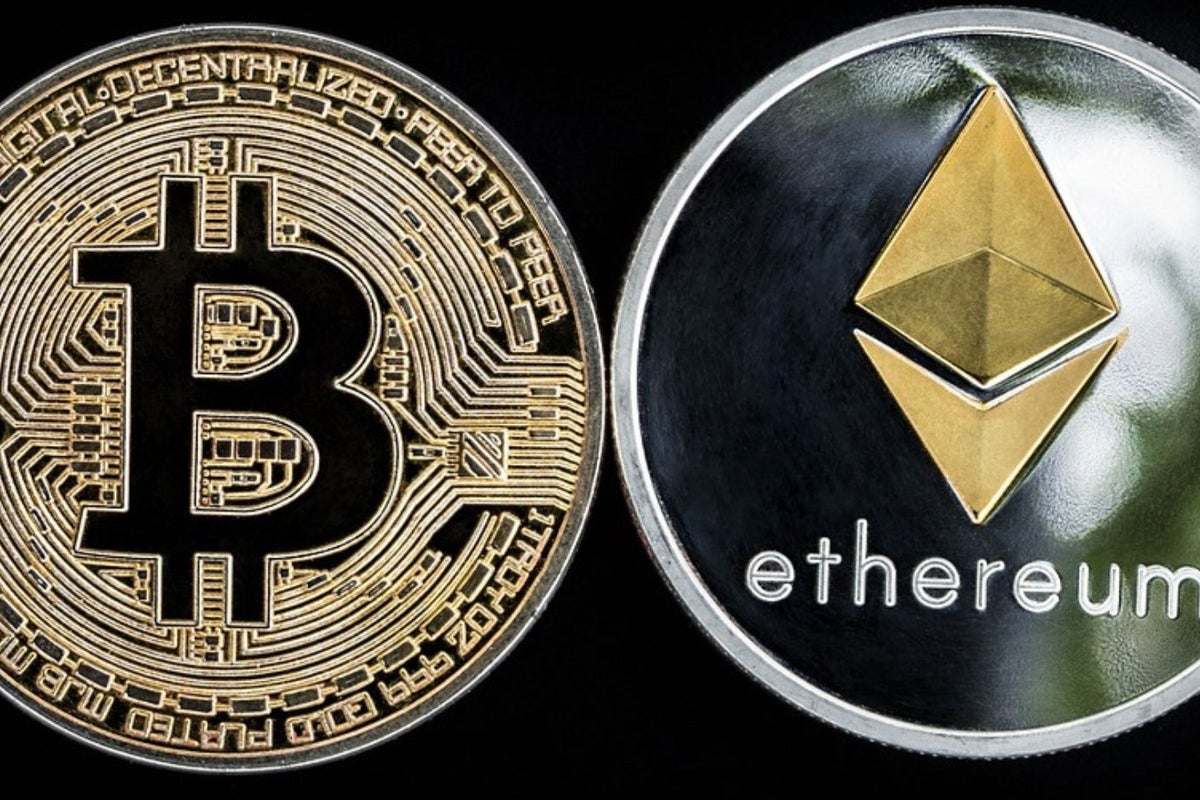SVB collapse provokes fintech to rethink EMIs

It is funny. A few months ago, bankers were concerned that fintech and crypto startups were “too risky”. After the sudden implosion of Credit Suisse, Silicon Valley Bank (SVB), Silvergate and Signature, the boot is on the other foot: fintechs now see banks as too dangerous.
Silvergate and Signature were primary banking institutions for cryptocurrency companies, and nearly half of all US venture-backed startups held cash with SVB. One crypto company reportedly had over $3 billion with SVB.
But the crisis is not just about lost deposits. Banks are also used by their customers to make payments. Silvergate Exchange Network (SEN) and Signatures Signet were real-time payment platforms that crypto customers relied on to stay in business. They allowed commercial customers to make payments 24/7 through their respective instant settlement services. As I write, many crypto startups not only in the US, but also in Europe are seeking new payment partnerships.
The scale of the crisis tells us that there is a real problem that needs to be solved here. For organizations that only need payment solutions for their customers and payroll obligations, what is the low or zero risk option?
The banking risk dilemma
In the midst of all the finger-pointing, long-term solutions are sought. The Harvard Business Review has already weighed in with an article looking specifically at the issue of private sector payrolls, which require $9 trillion in payment flows annually in the US alone.
When SVB began to tumble on March 9, it was unclear what the total wage impact on lost wages would have been for that month. But just one payroll provider, Patriot Software, with 55,000 U.S. customers, had more than $100 million in payroll and payroll taxes with SVB the day federal regulators shut it down, according to the Patriot Software CEO in a blog post.
The problem, as analyzed by the HBR authors, is that companies, like Patriot, require large sums of money to cover monthly expenses. They keep the money in licensed banks with access to the payment infrastructure needed to send funds where they are needed. These banks operate on a commercial model of taking in funds at a low interest rate and investing them to achieve higher returns. In other words, they speculate with the customers’ money, within an area of permissible risk defined by the relevant central bank. It is not impossible – as SVB discovered – that the banks get their risk calculations grossly wrong.
The sums involved for many businesses using these bank payment services typically far exceed deposit insurance schemes, which in the US were limited to $250,000. When SVB got into trouble, the US Federal Reserve decided it had to step in and guarantee all deposits – ignoring the limit of 250 000 dollars – to ensure that the bank’s customers could meet their payment obligations, including wages.
So here is the rubric according to the HBR article: “The problem with uninsured depositors is really the problem of accessing the payment system – a system monopolized by central banks and then delegated to banks. The payroll problem is a notable example of this problem as payroll funds must necessarily be parked in banks, where they are exposed to the risks mentioned above.”
Solutions, not problems
The HBR authors’ preferred solution is a new class of “payments bank” that would exist solely for the purpose of making payments. They wanted no room for speculation. Any funds deposited to meet payment obligations will remain available on a 1:1 basis.
Of course, another option already exists. These are electronic money institutions. EMIs are non-bank payment service providers that offer an alternative to traditional banks. They are regulated entities authorized to issue electronic money and provide payment services, such as online accounts or wallets, prepaid cards and money transfer services. They tend to have lower fees and more flexible account opening requirements than traditional banks.
Once perceived as higher risk than banks, many corporate customers now realize that it is the opposite. Even before the current crisis, a 2022 Oliver Wyman report found that EMIs are growing faster than traditional banks, with their share of the European payments market expected to grow to 15% by 2025. In light of the current situation with SVB, it is possible that there may be a greater influx of funds moving from traditional banks to EMI institutions.
One reason for previous caution about EMIs is that they do not participate in the deposit insurance schemes that cover licensed banks, such as the $250,000 deposit insurance scheme in the US and the Financial Services Compensation Scheme (FSCS) in the UK which covers deposits of up to £85,000. However, EMIs -is the customer’s funds in a 1:1 ratio in a regulated process known as “hedging”. Hedging involves separating customer funds from EMI’s own funds and keeping them in a separate account with a credit institution or investing them in safe, liquid assets.
EMIs are also not perfect and customers need to be careful with regulation, hedging and risk management procedures. The biggest potential weakness is where the safeguards themselves are inserted. If it is in a traditional bank, owners of deposits in protection will be prioritized over other customers, but there is still a certain degree of risk. If it’s with a central bank, your money is as safe as it gets.
A prime example here is Lithuanian EMIs, which are required to have funds in secured accounts in a bank within the EEA. Most keep the majority of their funds in the central bank – the Bank of Lithuania – and several keep 100% of their customers’ funds there. Even in the event of an EMI failure, these deposits will still be there, safe and waiting for owners, without the need for any government bailout.
Due diligence
Ultimately, the risk balance between EMIs and licensed banks depends on individual circumstances and business preferences. It is important for customers to carefully consider the risks and benefits of using different types of financial institutions before making a decision.
Over many years in the banking industry, one thing has become very clear to me: it all comes down to the safety of funds. No matter how sophisticated the products or investment opportunities – if one cannot provide a basic security mechanism, sooner or later the customers will suffer.























